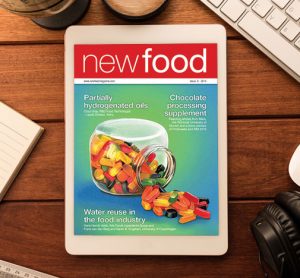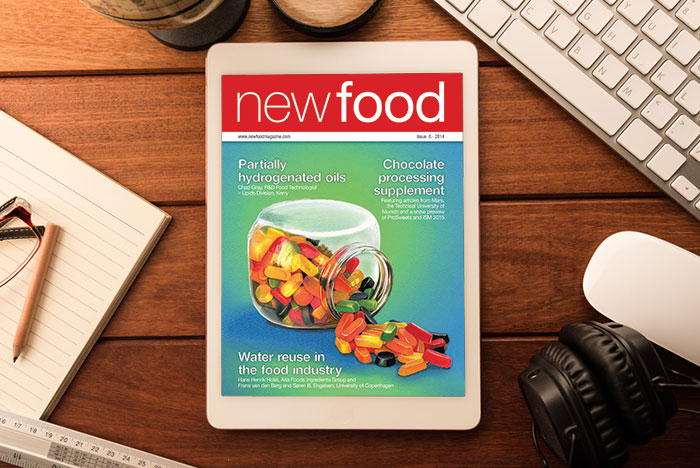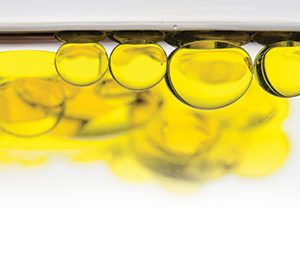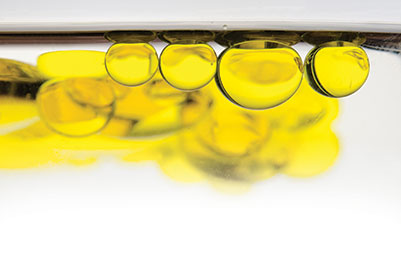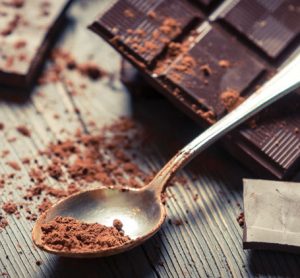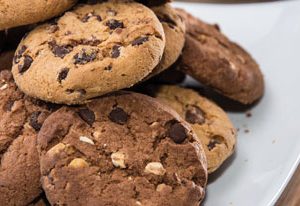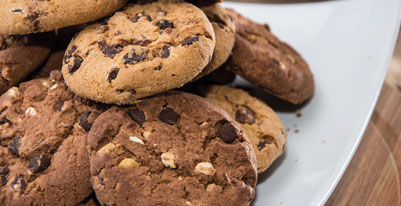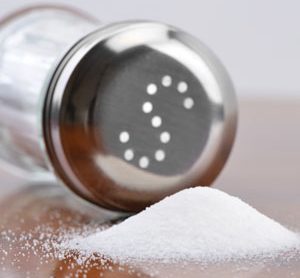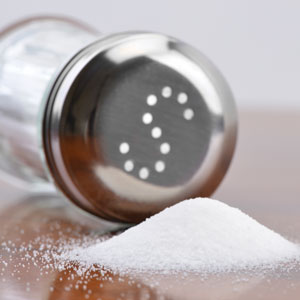The art of oil processing consistency
23 April 2015 | By Emma Woods, Technical Manager, Phoenix Speciality Oils
Ensuring consistency during the production of high quality, extra virgin cold pressed oils doesn’t begin at the pressing or filling lines – it starts years before that. The actual process of creating seed oils isn’t that complicated. Seeds get pressed, solids get removed and the remaining oil is then filtered…






